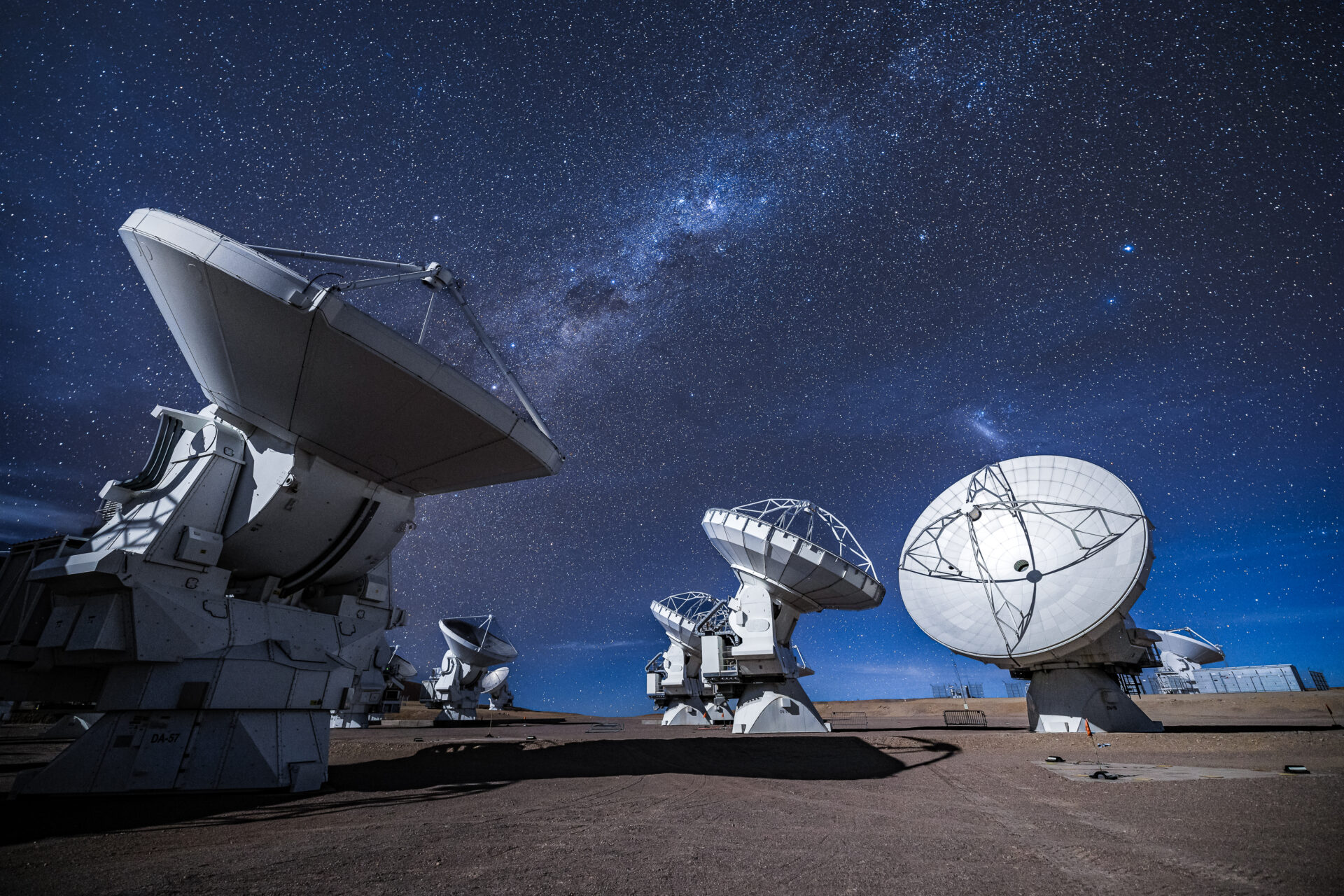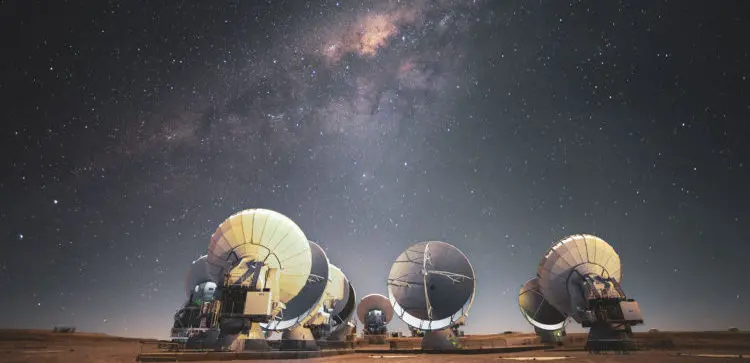ALMA is set to embark on another exciting journey
The Atacama Large Millimeter/submillimeter Array (ALMA) new observation cycle –Cycle 11- kicks off on October 1, 2024, starting a new exciting period of astronomical discoveries.
The review process of observation proposals has been completed and showed, once again, the incredible enthusiasm of the scientific community, which submitted 1,712 proposals requesting a record-breaking 31,608 hours on the 12-m Array. This led to an oversubscription rate of 7.4, the highest ever for ALMA.
The ALMA Proposal Review Committee (APRC) met from June 24 to 28, 2024, to evaluate 42 Large Programs, with additional input from 82 external Science Assessors. Furthermore, 1095 individual reviewers participated in the distributed peer review process, contributing nearly 17,000 reviews. Full details of the review process are available on the ALMA Science Portal.
John Carpenter, ALMA Observatory Scientist, remarked on the enthusiasm surrounding Cycle 11: "The rising demand for ALMA time reflects scientists' ambition to explore the mysteries of the Universe. We're eager to see what discoveries this cycle will bring."
As a result of the review process, ALMA has selected 245 high-priority proposals (Grades A and B), allocating 4,107 hours on the 12-m Array, 2,204 hours on the 7-m Array, and 2,203 hours on the Total Power Array, including four Large Programs recommended by the APRC. Grade C proposals have also been selected as backups to ensure flexibility and maximize ALMA's scientific output.
This year's proposal review process saw several improvements based on community feedback. ALMA continues to refine its procedures to ensure fairness and impartiality. Issues identified during the review were addressed quickly, and new tools were introduced to enhance the proposal review process. The ALMA Observatory thanks the ALMA Proposal Review Committee and the many reviewers whose efforts are crucial to the success of Cycle 11.
Cycle 11 observations will begin on October 1, 2024, paving the way for groundbreaking discoveries in fields ranging from cosmology to planetary science. For more detailed information, including a complete list of the Grade A and B proposals, visit the ALMA Science Portal.
Additional information
ALMA is a partnership of ESO (representing its member states), NSF (USA) and NINS (Japan), together with NRC (Canada), NSTC and ASIAA (Taiwan), and KASI (Republic of Korea), in cooperation with the Republic of Chile. The Joint ALMA Observatory is operated by ESO, AUI/NRAO and NAOJ.
Tablas y Graficas



Contacts
-
Nicolás Lira
Education and Public Outreach CoordinatorJoint ALMA Observatory, Santiago - ChilePhone: +56 2 2467 6519Cel: +56 9 9445 7726Email: [email protected]





